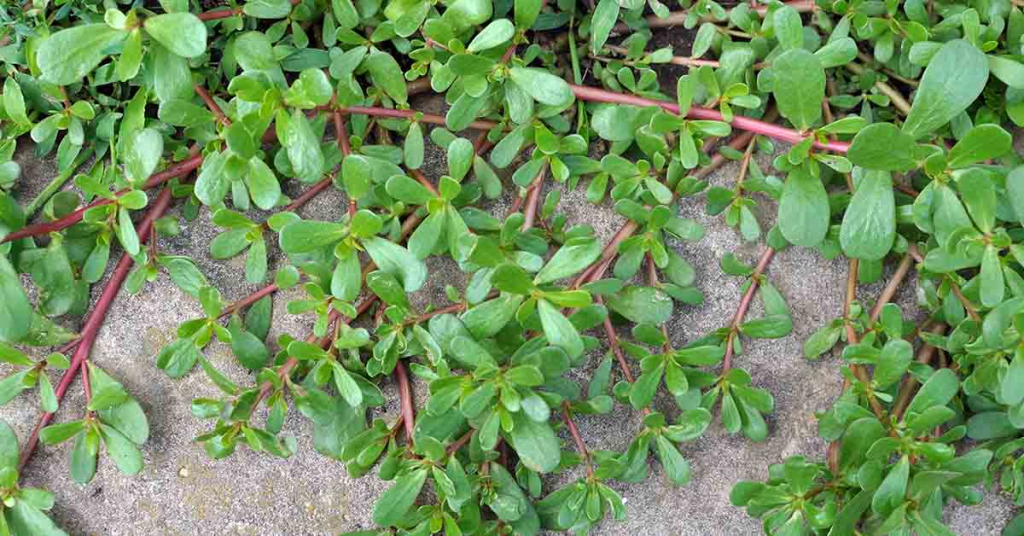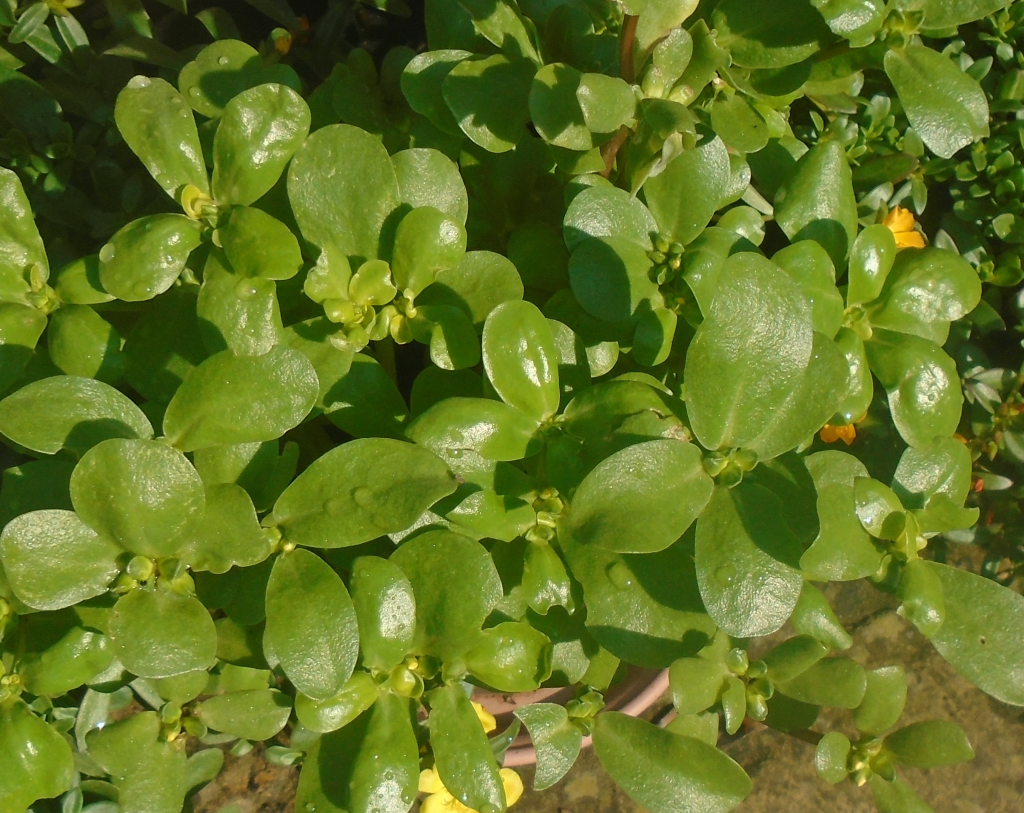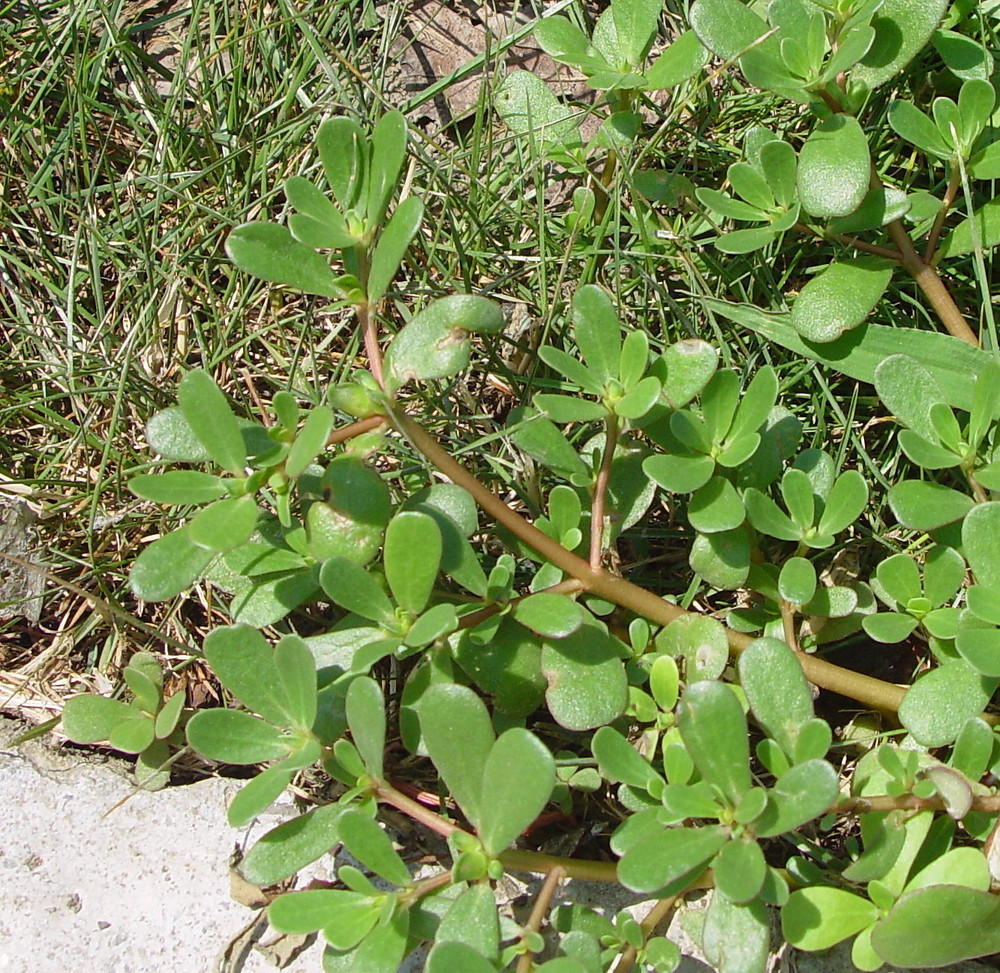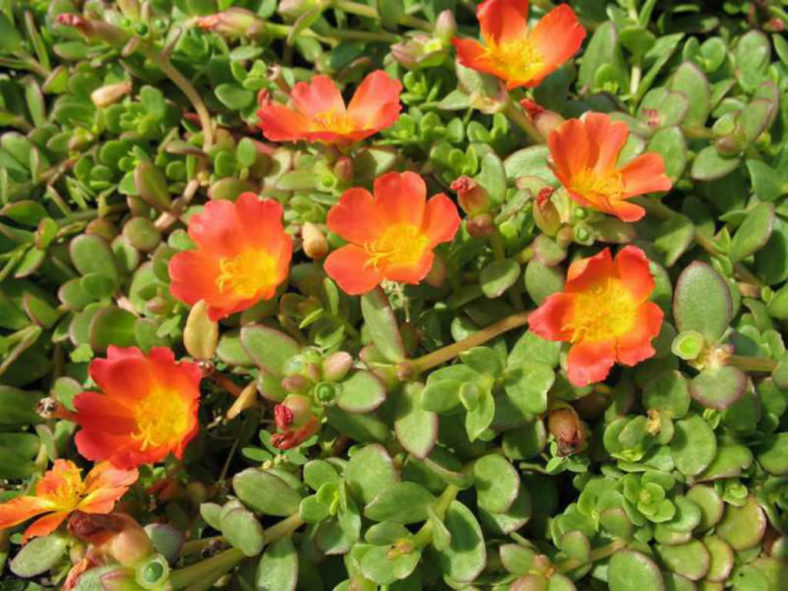Have you ever walked past a sprawling patch of green, thinking it was just another pesky weed invading your garden? You might want to take a closer look. That unassuming plant could be purslane (Portulaca oleracea)—a nutrient powerhouse that’s been cherished for centuries.
Known by various names like pigweed, little hogweed, and fatweed, purslane is often dismissed as a garden nuisance. Yet, in many parts of the world, especially throughout Asia, Europe, and the Mediterranean, it’s considered a valuable edible plant. Not only is it packed with essential vitamins and minerals, but it’s also renowned in traditional medicine for its health-boosting properties.
So, why do so many people mistake this nutritious plant for a mere weed? Let’s dive into the facts and discover why you might want to rethink pulling it out of your yard.

Nutritional Powerhouse: What Makes Purslane So Special?
One of the most surprising facts about purslane is just how nutritionally dense it is. Despite being 93% water, this succulent plant is loaded with beneficial compounds that make it a fantastic addition to your diet.
Purslane is rich in vitamins A, C, and E, along with essential minerals like calcium, magnesium, manganese, potassium, and iron. It also contains smaller amounts of folate, phosphorus, copper, and B vitamins (B1, B2, B3). This unique nutritional profile makes it one of the most nutrient-dense greens you can find.
Low in calories but high in health benefits, purslane is a fantastic choice for those looking to boost their diet without overloading on carbs or fats. Whether you’re trying to increase your intake of antioxidants or simply add more greens to your meals, this little-known plant has you covered.
Video: You Can Eat This Common Weed
A Rich Source of Omega-3 Fatty Acids
When we think of omega-3 fatty acids, our minds typically go straight to fatty fish like salmon. However, purslane is one of the few plant-based sources of these essential fats. While it doesn’t contain a large amount of fat overall, the fats it does have are primarily in the form of omega-3s.
Purslane contains two types of omega-3 fatty acids: ALA (alpha-linolenic acid) and EPA (eicosapentaenoic acid). ALA is commonly found in plant foods, but purslane offers an impressive amount—five to seven times more than other greens like spinach.
Even more surprising is its EPA content. Typically, EPA is associated with animal products and algae, not terrestrial plants. This makes purslane a rare and valuable addition to a vegetarian or vegan diet, providing heart-healthy fats that are otherwise difficult to obtain without seafood.
Antioxidant Benefits: A Natural Shield for Your Cells

One of purslane’s most notable qualities is its high antioxidant content. Antioxidants help protect the body from oxidative stress, which can damage cells and contribute to chronic diseases. Purslane’s antioxidants include:
- Vitamin C (ascorbic acid): Supports immune function and skin health.
- Vitamin A (beta-carotene): Promotes good vision and skin vitality.
- Vitamin E (alpha-tocopherol): Protects cell membranes from damage.
- Betalains: Unique pigments with anti-inflammatory and antioxidant properties.
- Melatonin: A hormone that helps regulate sleep and has antioxidant effects.
Together, these compounds make purslane an excellent choice for promoting overall wellness and combating cellular damage. Whether you’re looking to enhance your diet or support your body’s natural defenses, adding purslane to your meals can make a difference.
Mineral-Rich Purslane: Boosting Heart and Bone Health
Aside from vitamins and antioxidants, purslane is also packed with minerals that support crucial bodily functions. Potassium, for example, is essential for regulating blood pressure, and adequate intake can help reduce the risk of cardiovascular issues.
Another key mineral found in purslane is calcium, which is vital for maintaining strong bones and supporting nerve function. Calcium is particularly important for individuals at risk of osteoporosis or those dealing with conditions like hypoparathyroidism.
Magnesium, another important component, aids in muscle function, nerve regulation, and blood pressure maintenance. A magnesium-rich diet has been linked to lower rates of hypertension and reduced risk of migraines. Unlike some supplements, obtaining magnesium from whole foods like purslane is considered more beneficial due to better bioavailability.
Potential Downsides: Are There Any Risks to Eating Purslane?

While purslane boasts impressive health benefits, it’s essential to consider some potential downsides. One concern is its oxalate content. Oxalates are natural compounds found in many plants that can bind to minerals like calcium and form crystals. For most people, this isn’t a problem. However, individuals prone to kidney stones or those with certain digestive disorders may need to limit oxalate-rich foods.
If you have a history of kidney stones or conditions like inflammatory bowel disease, consult a healthcare professional before adding large amounts of purslane to your diet. Cooking purslane can reduce oxalate levels, making it safer for those sensitive to oxalates.
How to Incorporate Purslane into Your Diet
Purslane’s slightly tangy, lemony flavor makes it a versatile ingredient. You can eat it raw in salads, blend it into smoothies, or cook it like spinach. It works wonderfully in:
- Salads: Mix purslane with tomatoes, cucumbers, and a simple vinaigrette.
- Soups: Add it at the end of cooking for a burst of green.
- Stir-Fries: Pair with garlic and soy sauce for an Asian-inspired side dish.
- Pesto: Substitute some of the basil with purslane for a unique twist.
Whether you enjoy it fresh or cooked, purslane’s unique taste and impressive health profile make it a worthy addition to any meal.
Growing Your Own Purslane: A Gardener’s Dream

One of the best parts about purslane is how easy it is to grow. This hardy plant can thrive in poor soils, requires minimal watering, and can withstand hot temperatures. Simply scatter seeds in a sunny spot, and you’ll have a thriving patch in no time.
Keep in mind that purslane can become invasive if not managed properly, as it spreads rapidly. However, regular harvesting can keep it under control while providing a continuous supply for your kitchen.
Conclusion: A “Weed” Worth Keeping
Next time you spot purslane sprouting in your garden or by the sidewalk, think twice before pulling it out. This misunderstood plant is not just a persistent weed—it’s a nutritional powerhouse loaded with vitamins, minerals, omega-3s, and antioxidants.
Whether you’re looking to boost your diet with more greens or add a unique flavor to your dishes, purslane is an unexpected hero worth embracing. Why not give it a try and see how this humble “weed” can become a cherished part of your healthy lifestyle?


